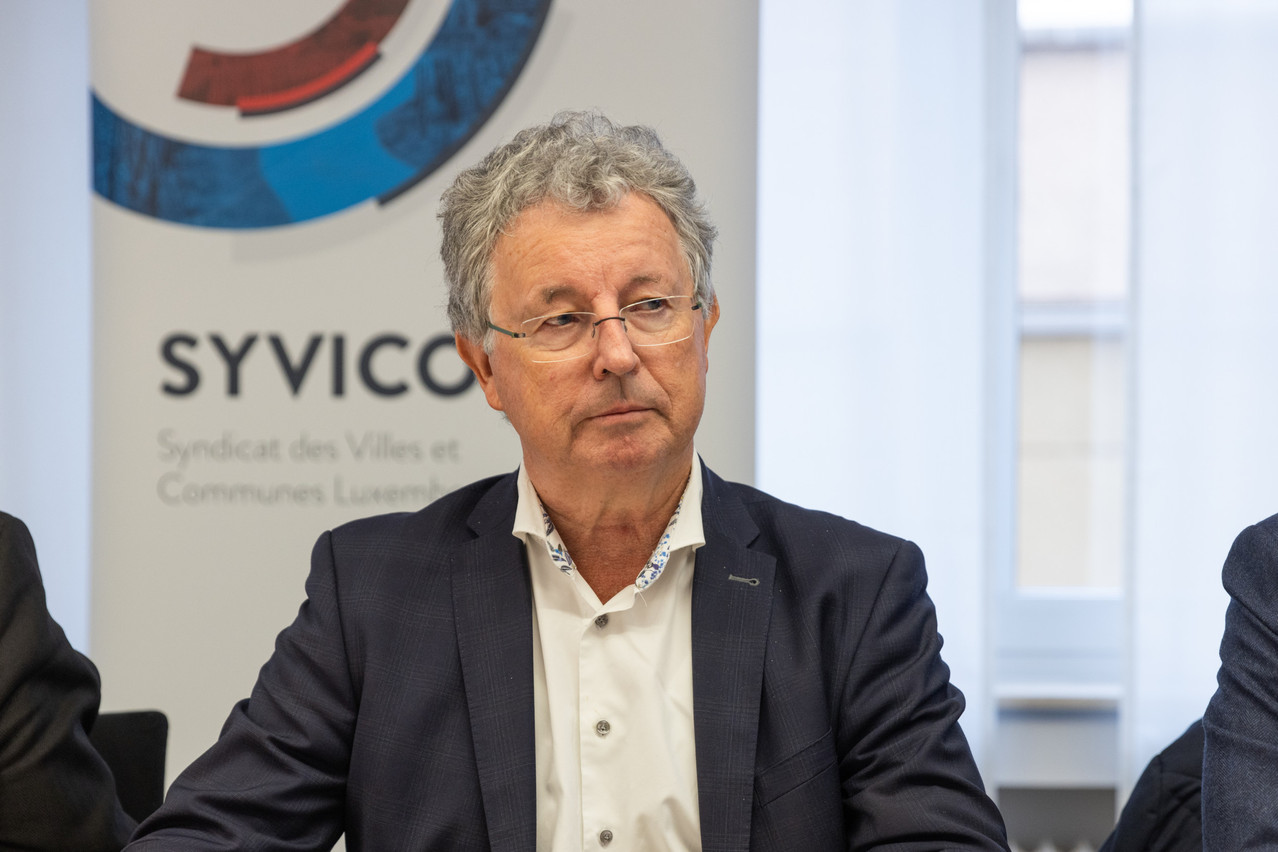The Union of Luxembourg Cities and Municipalities (Syvicol) met on 14 November to talk about annual budgets and expenditures, state budgets and further points. The big topic on the agenda, though, was the ) and what it means for the autonomy of communes in the grand duchy.
Including its annexes, the so-called “programme directeur d’aménagement du territoire” (PDAT) is detailed over a total of 247 pages. For the government, this project should guide the ministry of home affairs and communes in their future land use plans. Headed by spatial planning minister Claude Turmes (déi Gréng), the PDAT sets goals and measures for the sustainable development of Luxembourg until 2050. Luxembourg’s 102 communes have until 15 January 2023 to submit their opinion on this piece.
Syvicol has several issued with the PDAT. First and foremost that “it’s a complex dossier and there are many communes that don’t have the advisors in their immediate surroundings that can analyse the document and add their own remarks or give separate opinions,” Syvicol president Emile Eicher tells Delano. The union therefore wants to put out an opinion as quickly as possible so that “they at least have some guidance.”
Adapting to growth
The question of considering the municipalities in decisions that concern them has been voiced by Syvicol numerous times. In a recent conference, the union asked the government to see it --a request it feels has not been heard during the creation of the PDAT.
While it was involved at the beginning of the conception of the project, “we’re especially disappointed by the third part of the plan--when it comes to our active role in developing and applying the plan,” says Eicher. “When it came to the application, we simply were informed that some of our points were taken into consideration. That’s not how we would imagine a collaboration. I imagined more creative collaboration rather than us getting a document that we have to blindly execute.”
The communes’ autonomy would indeed be at risk, or so the union sees it, if the government adopts a plan without accounting for the reality communes face when putting it into practice.
Refining the plan
The authority of the master plan also leaves some puzzlement among the union’s members. While the project is presented as a document to orient municipalities in their projects, it could also be used to argue against their adoption, says the union. For Syvicol, a clear line should be drawn as to the PDAT’s role and function.
But, Syvicol wants to remain hopeful. “It’s never too late to do better, but it’s not enough to just hold three meetings in the country.” Instead, it says, the government should really pay attention to what communes are saying and hopes to advise communes in their opinion.
